Artist Reveals 'Realistic' Skulls of Beloved Childhood Cartoons
Cartoons have always fascinated us with their exaggerated features and whimsical proportions. Unlike humans, their quirky shapes and peculiar body structures set them apart, making them instantly recognizable and beloved.
Luis Rogério Faria Rosa, a 46-year-old Brazilian artist, has taken this fascination to a whole new level by reimagining the skeletal structures of some of our favorite childhood cartoon characters.
His work offers a unique and somewhat eerie glimpse into what these characters might look like if they had anatomically correct skeletons.
Luis Rogério Faria Rosa: The Mastermind Behind the Skeletons
Luis Rogério Faria Rosa, hailing from Brazil, is not just any artist. With a keen eye for detail and a flair for the unusual, he uses Photoshop to manipulate human skeletons, transforming them to match the distinctive shapes of well-known cartoon characters.
His creations are both fascinating and freaky, offering a fresh perspective on the anatomy of these animated icons.
Unveiling the Skeletons: A Halloween Special
In the spirit of Halloween, let's dive into some of these spooky yet intriguing skeletal transformations. Have you ever wondered what Stewie Griffin's skull might look like?
Bart, The Simpsons
The Science Behind the Art
While Luis’s work is primarily artistic, it also touches on anatomical science, albeit in a whimsical way. By adjusting human skeletons to match cartoon proportions, he provides a pseudo-anatomical study of these characters.
It’s a fun yet thought-provoking exercise that makes us ponder the anatomical feasibility of our favorite toons.
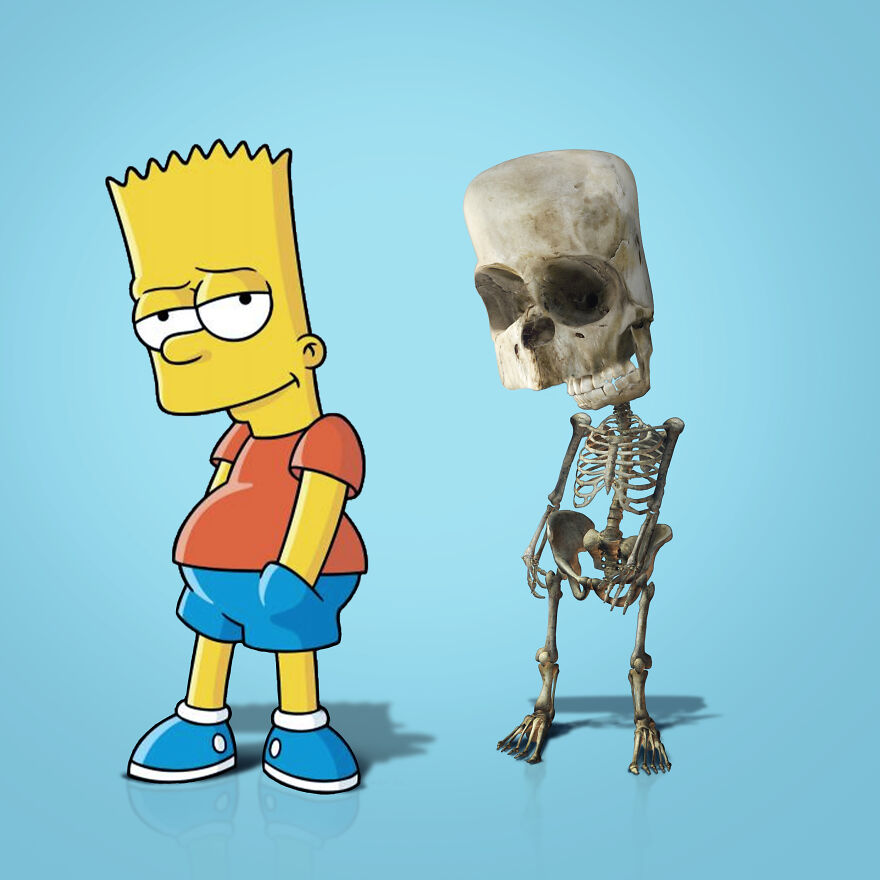 Luis Rogerio
Luis RogerioEric Cartman, South Park
Why Are Cartoons Designed This Way?
Cartoons often have exaggerated features for various reasons. Big eyes, for instance, make characters appear more expressive and relatable.
The oversized heads and limbs help in creating distinct, memorable silhouettes. This design choice traces back to early animation, where simplicity and recognizability were key due to technical limitations.
Interestingly, these exaggerated proportions also evoke certain psychological responses. Studies have shown that features like large eyes and heads trigger nurturing instincts in humans, similar to how we react to babies.
This could explain why we find these characters endearing despite their odd shapes.
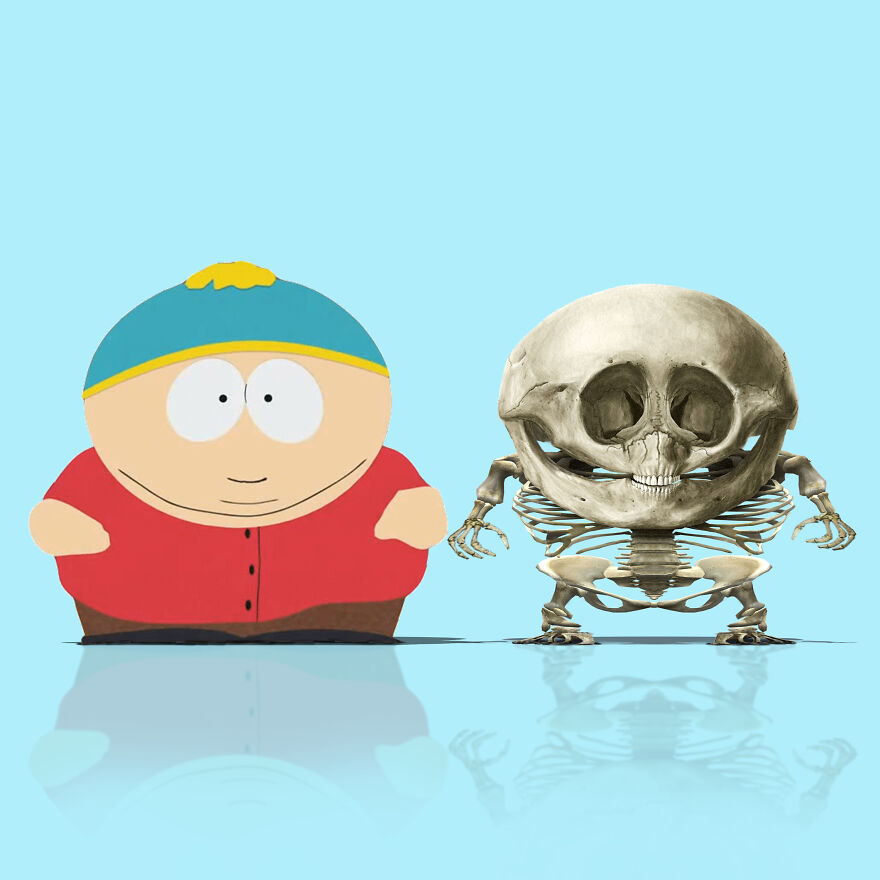 Luis Rogerio
Luis RogerioStewie Griffin, Family Guy
Stewie, the diabolical baby from "Family Guy," is known for his oversized, football-shaped head. Luis’s rendition of Stewie's skull is nothing short of bizarre, with a dramatically elongated cranium that captures the essence of his animated form.
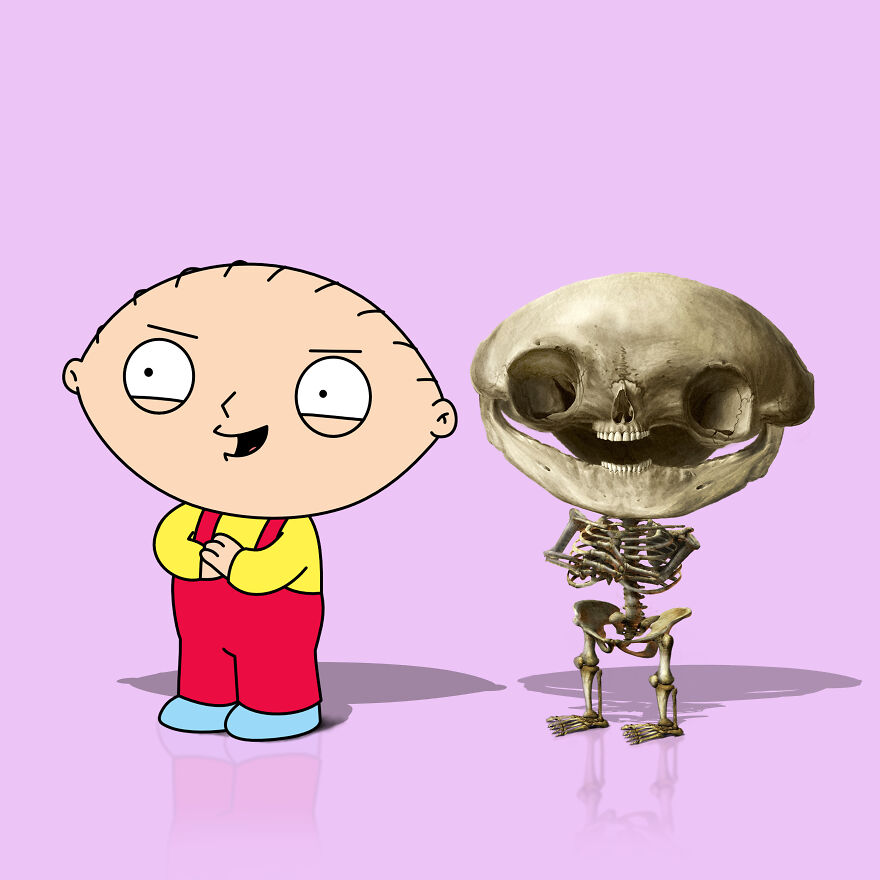 Luis Rogerio
Luis RogerioPhineas, Phineas And Ferb
Luis Rogério Faria Rosa's creations have garnered significant attention on social media, especially during Halloween when spooky and quirky art is highly appreciated. His work not only entertains but also educates, providing a playful yet insightful look at the intersection of art, anatomy, and animation.
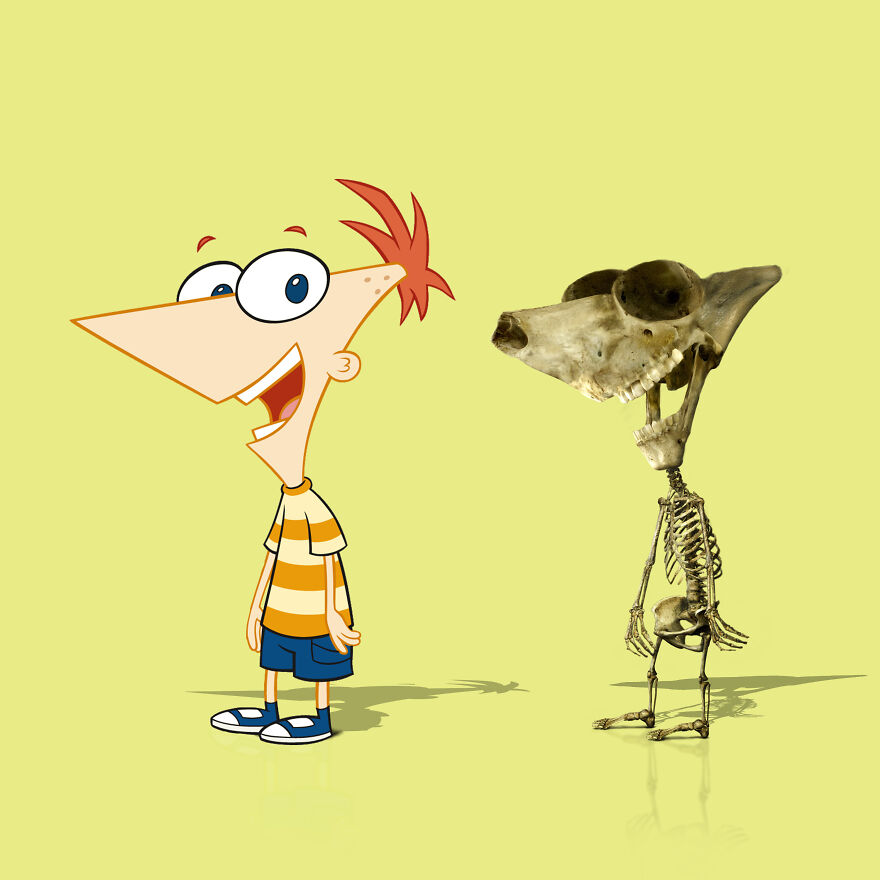 Luis Rogerio
Luis RogerioDexter, Dexter's Laboratory
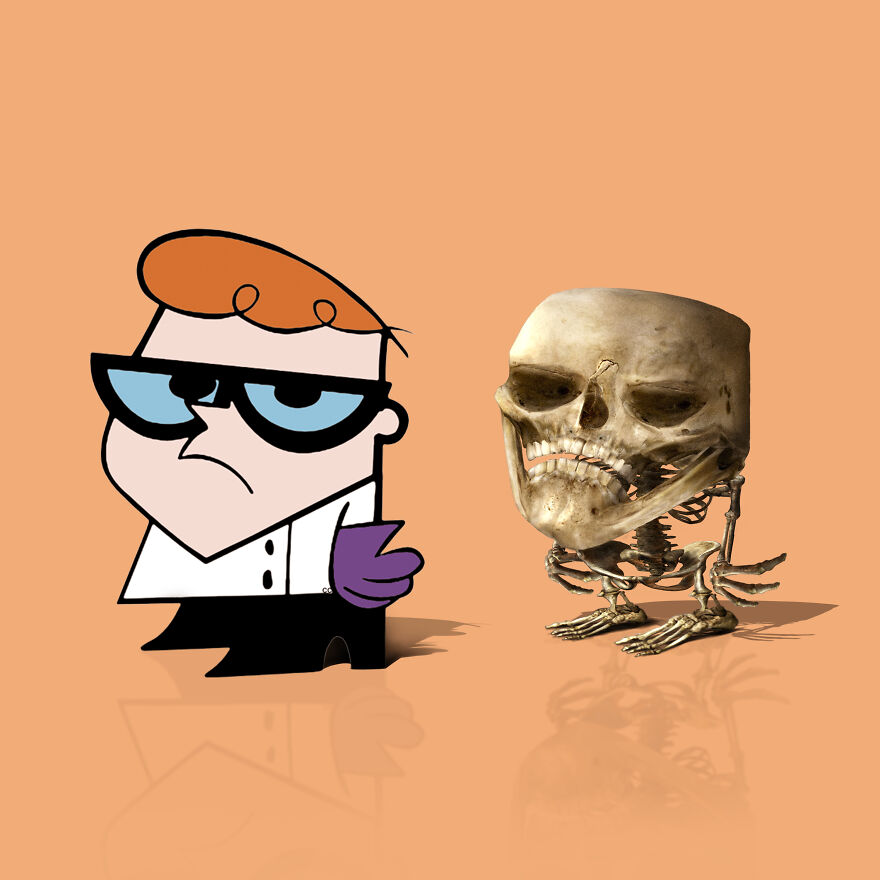 Luis Rogerio
Luis Rogerio
A Peek into the Future
As technology and digital art continue to evolve, artists like Luis will keep pushing the boundaries of creativity. His work is a reminder of how art can transform our perceptions and make us see familiar things in a new light.
Who knows what other fascinating and eerie transformations await our favorite cartoon characters in the future?




